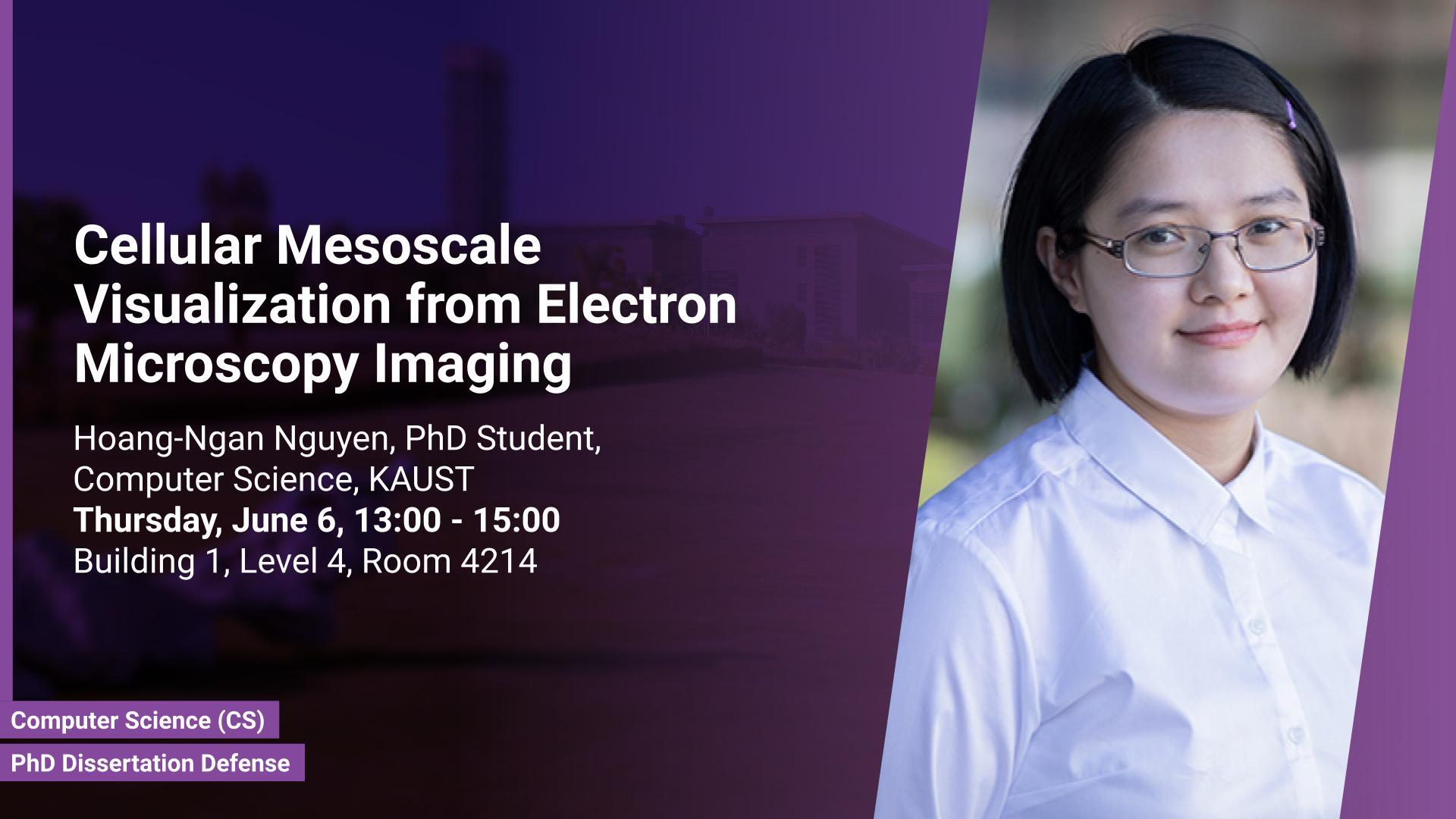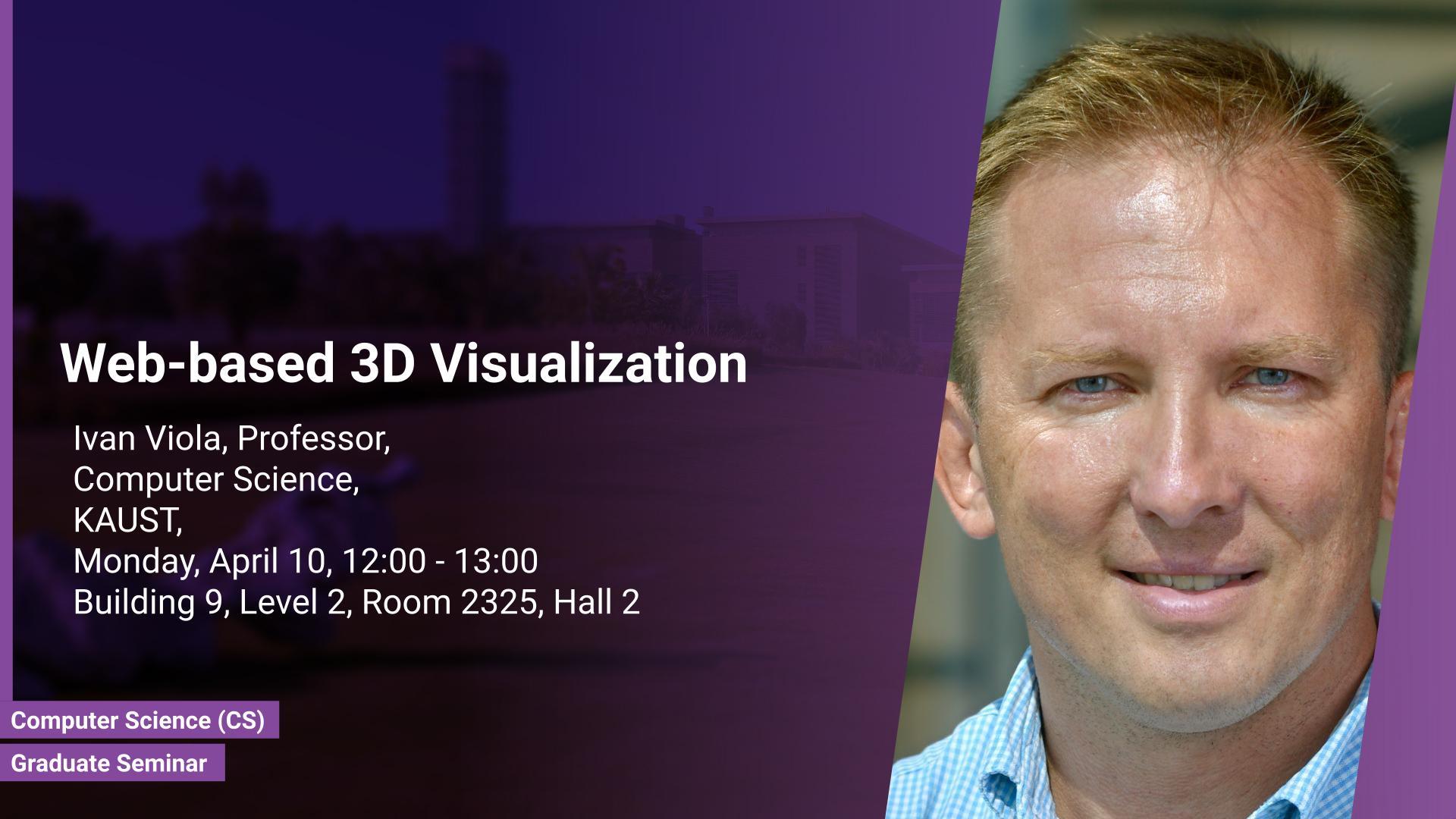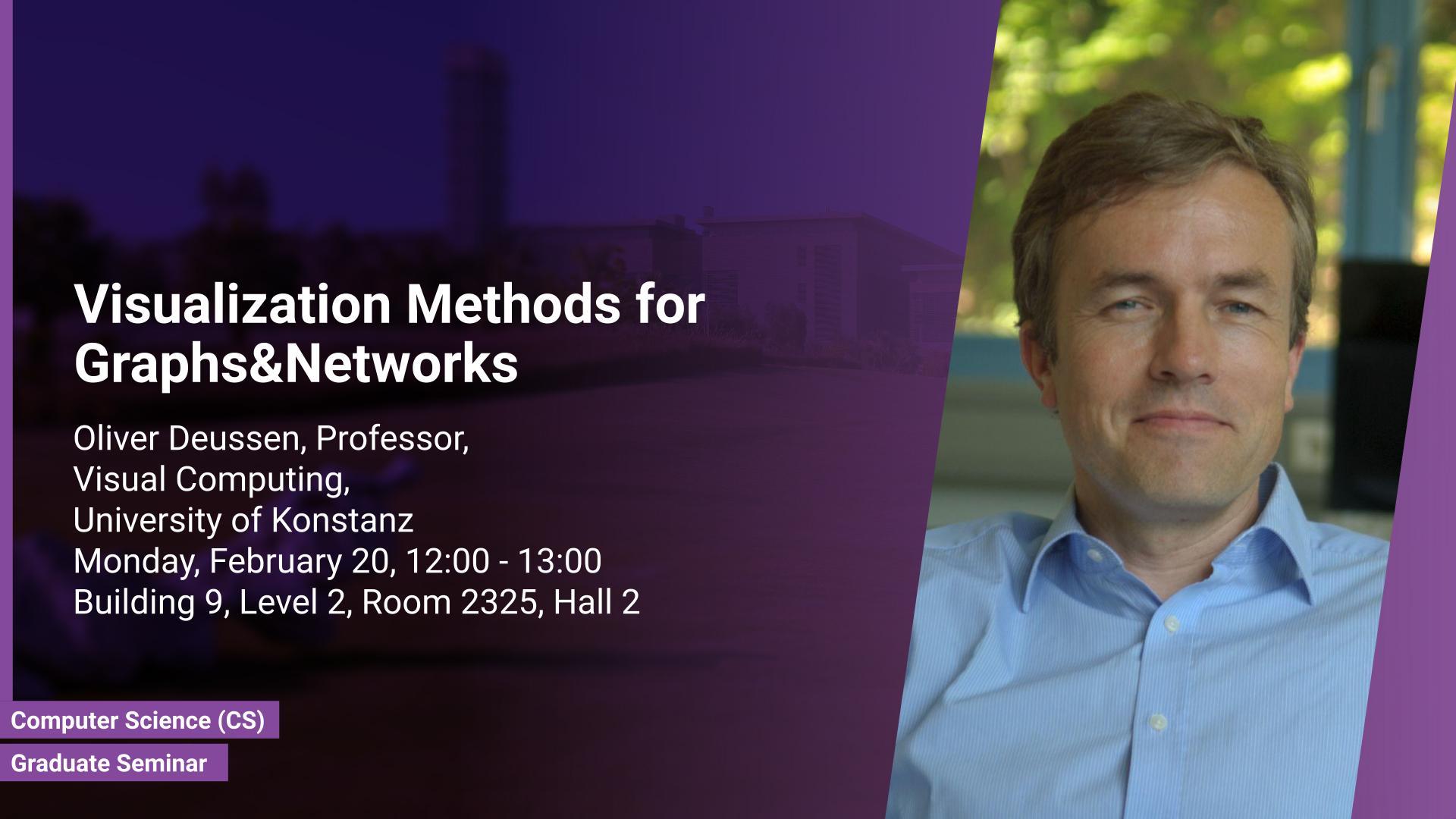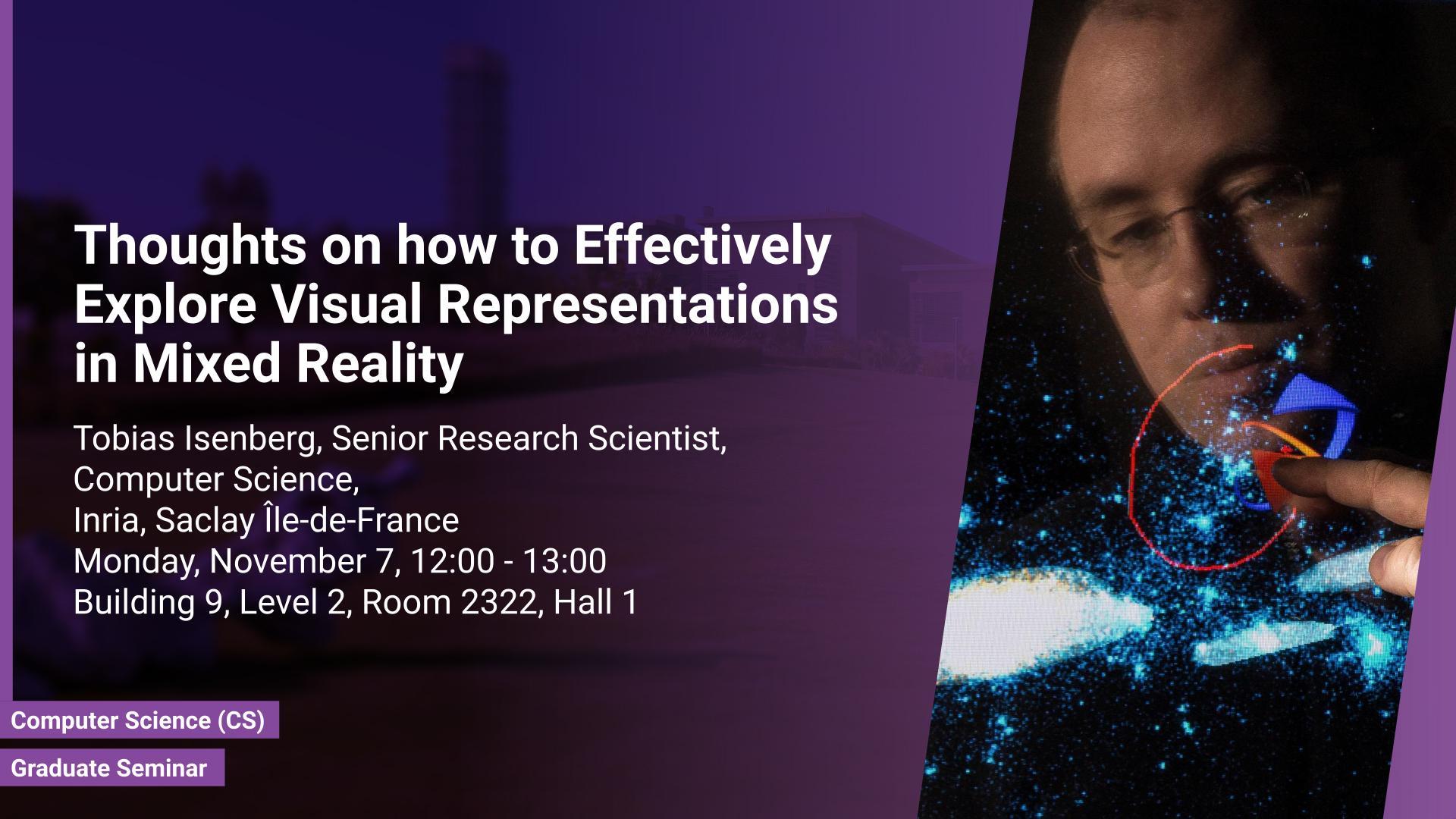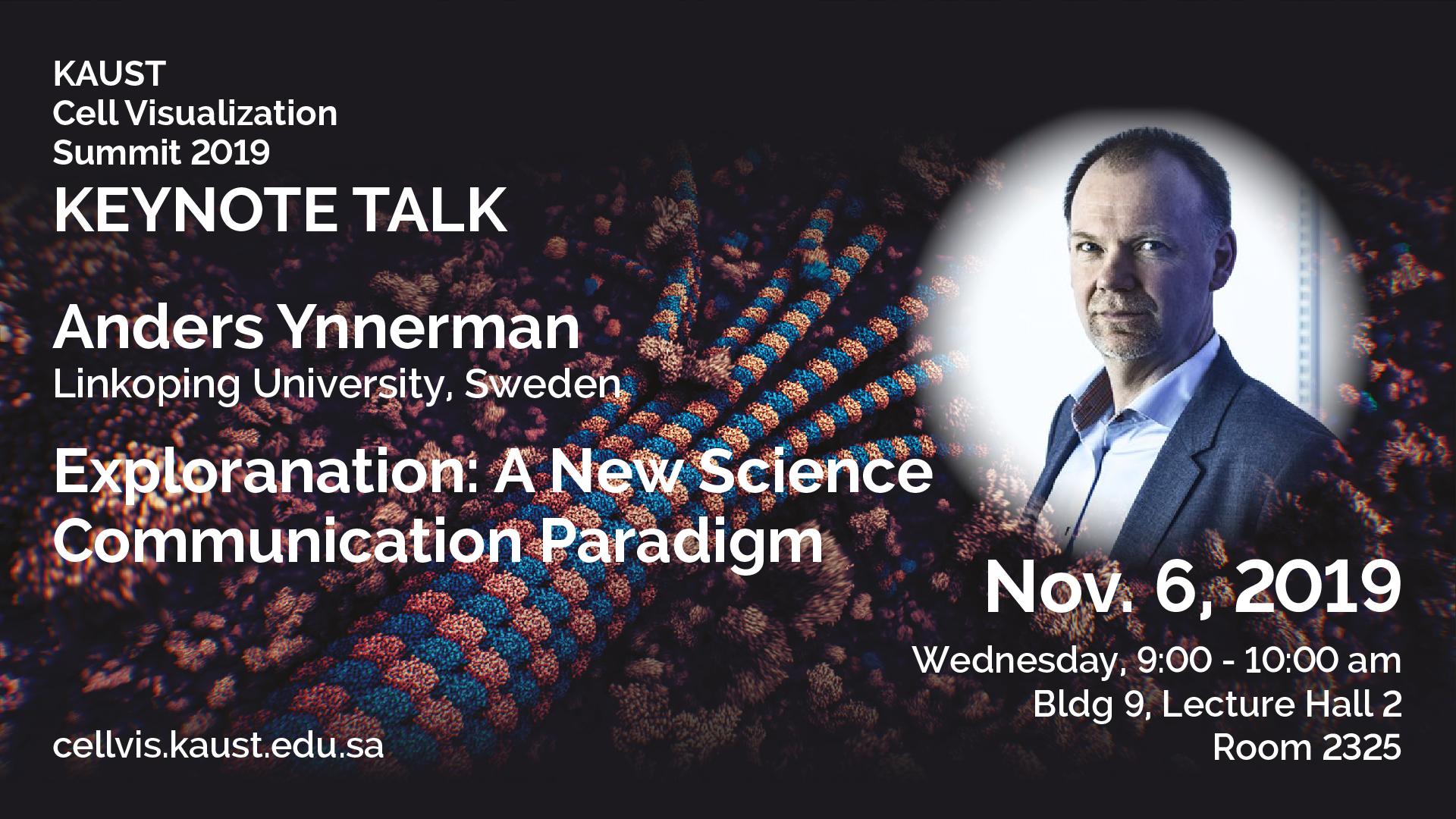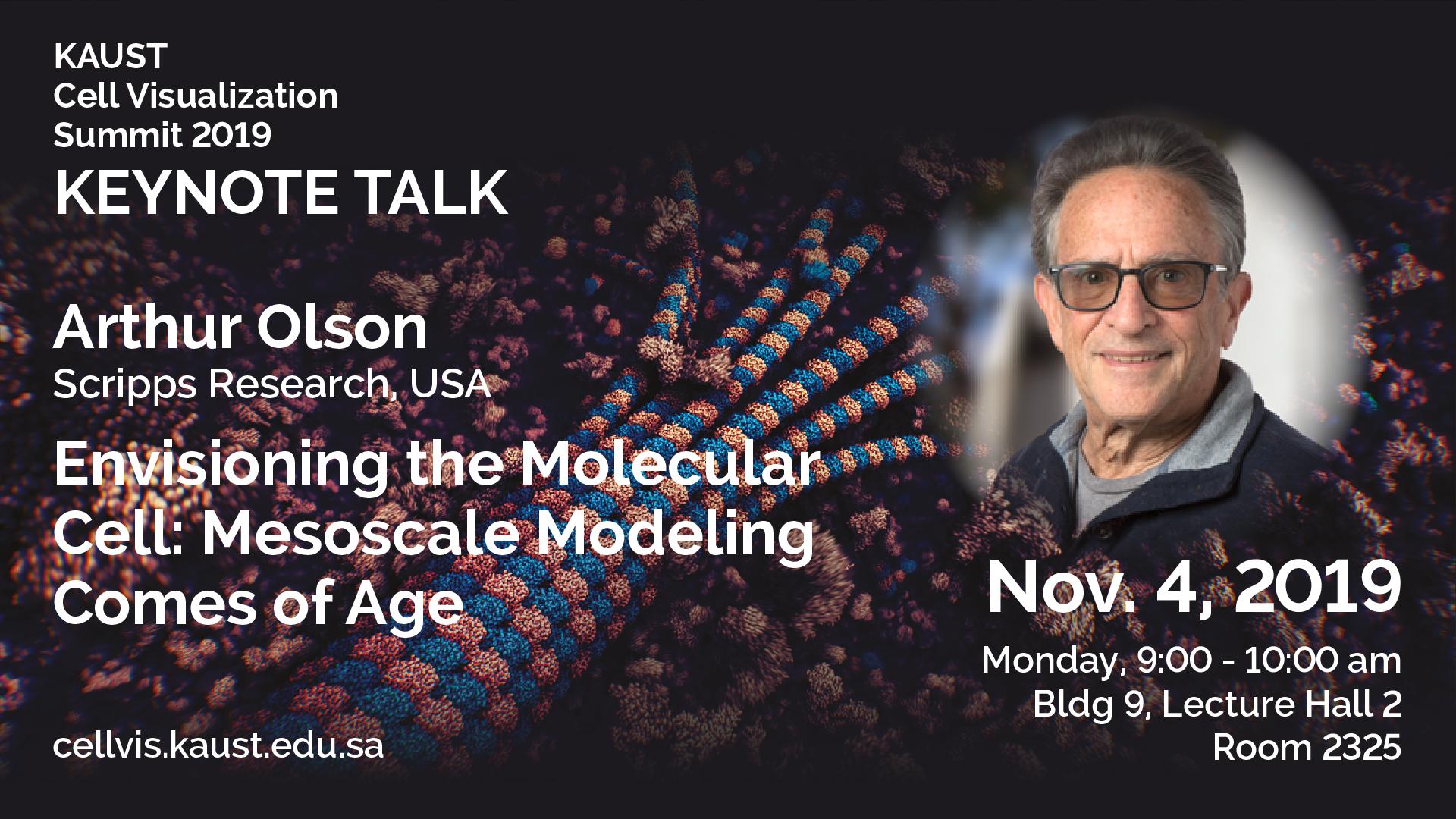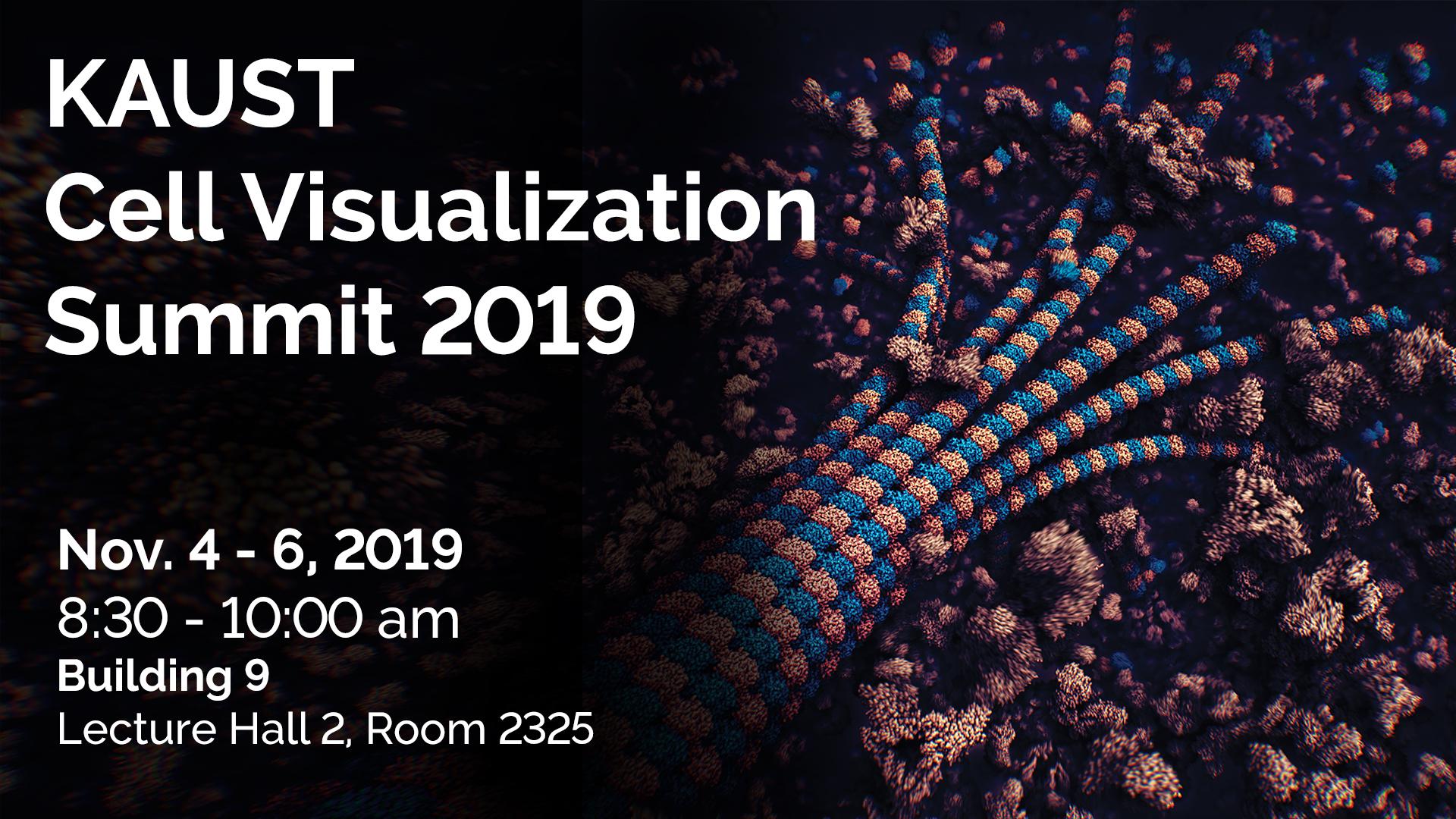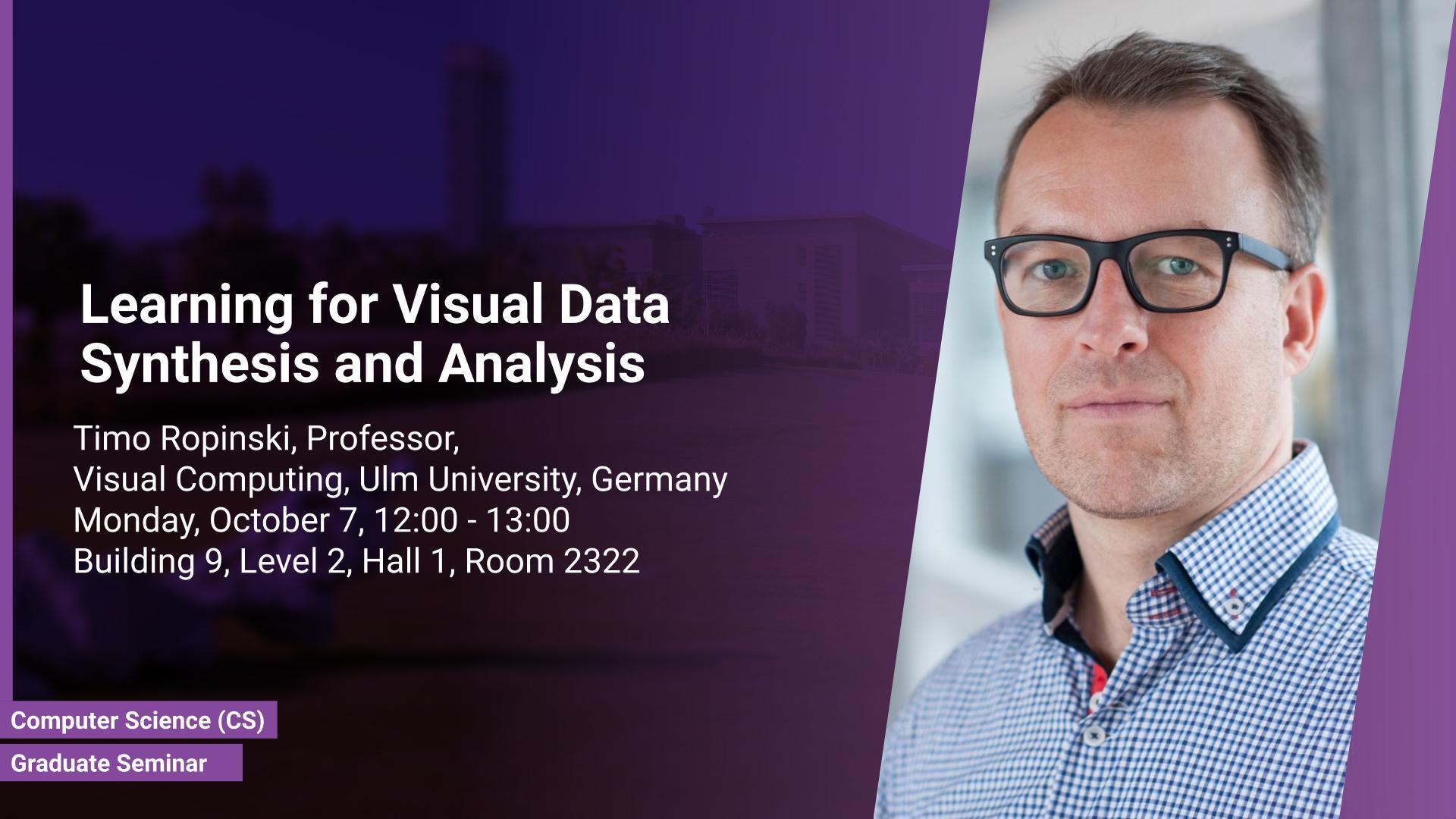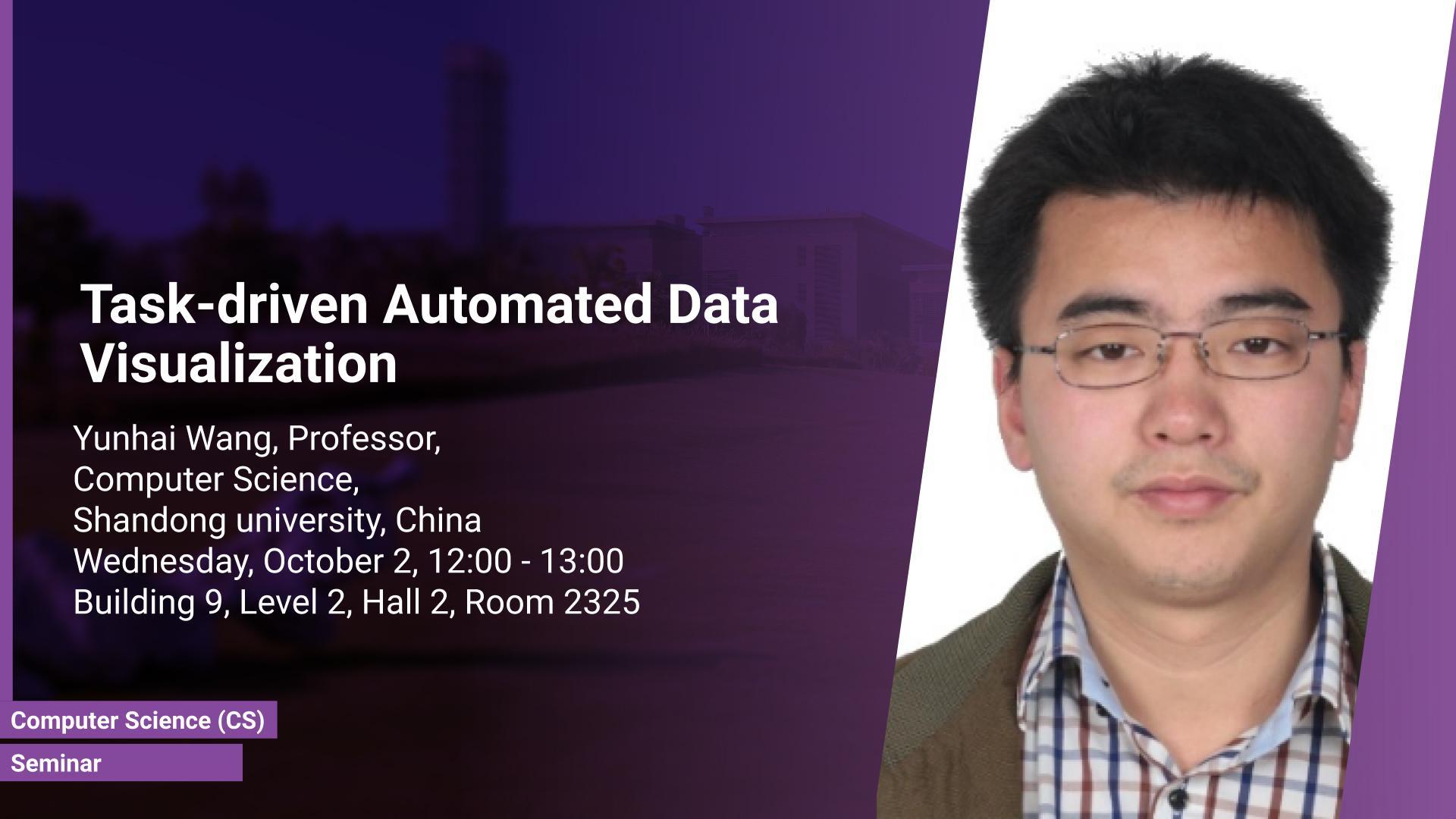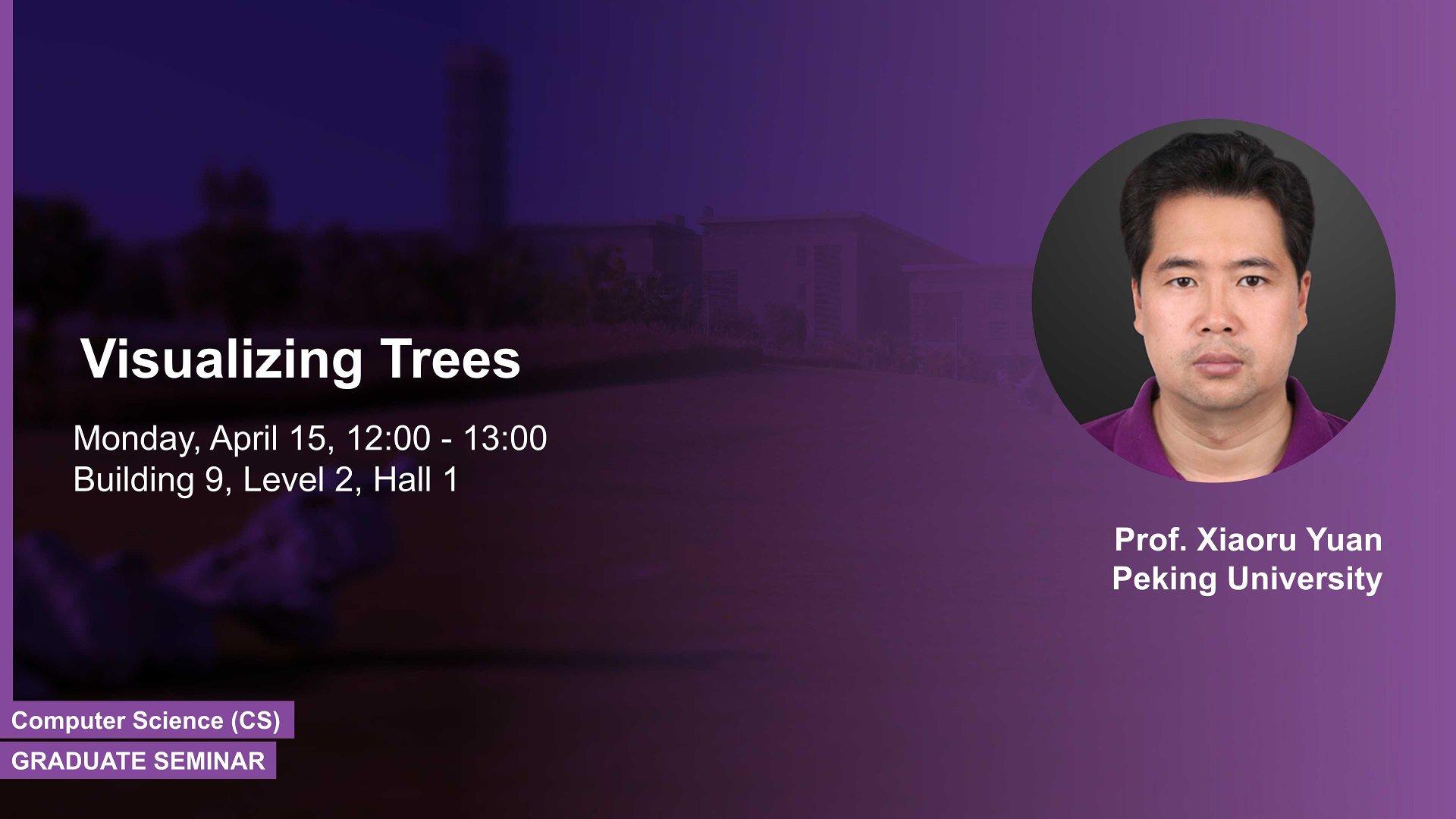PhD Student,
Computer Science
Thursday, June 06, 2024, 13:00
- 15:00
Building 1, Level 4, Room 4214
Contact Person
Currently, the acquisition of accurate cryogenic electron microscopy data deals with problems with complex and time-consuming processes, low signal-to-noise ratio, and missing wedge, leading to a lack of highly accurate imaging data. Such data would be necessary to develop computational methods/visualizations and essential to train deep learning models that are used to solve inverse problems.
